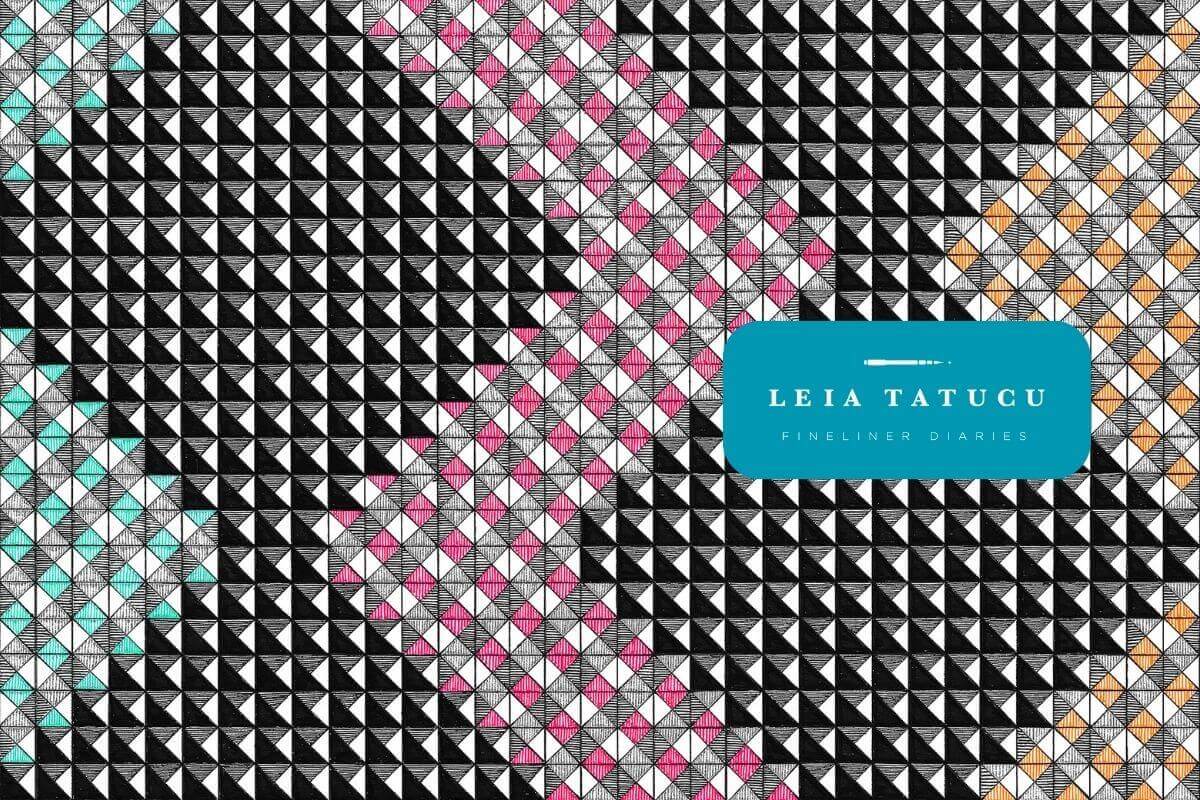
The Symphony of Senses: How Art Influences Our Wellbeing
Art is more than just a visual representation; it's a tapestry of emotions, a melodious escape, a therapeutic dance, and a profound read. The impact of the art we create and surround ourselves with goes beyond the surface, shaping our mental and emotional well-being in countless ways. For artists and enthusiasts alike, recognizing the profound effect that art can have on our very essence is essential. Welcome to a journey through the intertwining realms of art and wellbeing, where we celebrate their synergetic impact on our lives.
The Power of Visual Art
Blending colors, shaping lines, and evoking forms isn't merely a skill; it's a language, a form of communication between our inner and outer worlds. Visual art communicates in a way that resonates with the beholder's soul, with each stroke on a canvas whispering to our emotions and moods. From the bold red of passion to the calming blue of tranquility, colors define the ambiance of the artwork. Similarly, the direction and strength of lines and shapes can inject energy or bring a reposeful quietness to the observer.
Creating visual art is a profound act of self-expression, offering a reflective window into our innermost depths. It unveils what words often fail to convey, aiding us in the process of understanding ourselves. Whether one is an amateur or professional artist, the canvas assumes the role of a trusted confidant. It listens to the unspoken yearnings and celebrates the triumphs, gently guiding the artist towards emotional release and catharsis.

Sculpting for the Soul
Sculptures, three-dimensional forms that demand space and touch, offer a unique experience. Those who attend to sculptures are invited to interact in a way that's not usually permissible with two-dimensional art. The touch, the pressure, and the engagement all become a part of the communication between the artwork and the individual, often leading to a deeper emotional exchange.
The Healing Effects of Music
Music, the invisible art, has a universal language all of its own. It speaks to the heart directly, bypassing the cognition to stir raw emotions. It has a profound ability to alter our state of mind, reduce stress, and alleviate anxiety. Whether it's the rhythm of the drums that ignites a dance within our souls or the soothing melody of a violin that lulls us to serenity, music is a powerful force for emotional modulation.
I have yet to learn how to play a musical instrument, and my recollection of school lessons on reading notes is quite hazy. Perhaps it's because the music classes were more feared than anticipated with joy, owing to the teacher we had - but that's a tale for another time. Nevertheless, my love for music has always remained strong, and I've taken pleasure in curating my own playlists, encompassing songs of various types and genres. These playlists have accompanied me on long walks, providing solace and aiding in the processing of whatever I needed to contemplate, all while I had my trusty headphones on. Whether I'm in the studio or in my car, music is always my companion. It adapts to my mood and the purpose of my drive or workday, enhancing every moment with its melodic charm.
The therapeutic aspect of music is harnessed through music therapy. It's not about creating symphonies but about leveraging sound in a structured way to address physical, emotional, cognitive, and social needs. Music therapists engage clients in various musical activities, adapted to the individual's health needs, to improve their quality of life.

The Journey of a Note
A single note can bring a person to tears, another can fill them with an unexplainable joy. The journey of a note through composition, the blending of instruments, and the harmonization of voices is akin to the unpredictable yet precisely orchestrated events of life itself.
The Therapeutic Benefits of Dance
Dance is the art of movement, the liberation of the body in rhythm and space. It connects us with our primal instinct to be in motion and enables a release of emotions that perhaps cannot be voiced. The synchronization of movement to music creates a holistic experience that integrates the body and mind, providing a sense of balance and wellbeing.
From the moment we take our first wobbly steps, dancing becomes a part of us. If we're fortunate, it remains a lifelong passion. Throughout the years, I've explored various dance styles, but it was the irresistible allure of the Argentine tango that captured my heart in 2010. The liberating spontaneity of improvisation in this dance form has enchanted me ever since. I am certain that music and dance will always be integral to my future, for as long as I possibly can.
Dance has long been used as a means of personal growth and self-discovery. Through various dance forms, individuals can explore their identities, achieve emotional release, and develop new forms of communication that transcend the verbal. Dance is a language of the body, a vocabulary that can express what the spoken word often cannot.

Choreographing Emotions
In the same way a choreographer designs a sequence to tell a story, dance can help individuals externalize and understand their emotions better. From the intense flamenco to the serene waltz, each type of dance invites a different emotional landscape for exploration.
The Sensory Experience of Literature
Words have the power to create worlds, invoke images, and kindle emotions. Literature, through storytelling, takes us on a journey of imagination and empathy. It provides a safe space for readers to confront their fears, embrace their desires, and explore the various shades of human experience with a sense of detachment yet connectedness.
From a young age, I delved into the enchanting realms of literature, seeking solace in various worlds and thrilling adventures found within the pages. One of my fondest childhood memories is of my grandmother's dear friend, a language teacher like her, who nurtured my love for reading. Through her guidance, I discovered captivating books such as Mary Poppins, Dr. Dolittle, Rudyard Kipling's The Jungle Book, and the enthralling tales penned by Karl May. These literary treasures, which I may not have stumbled upon on my own, transformed the summers spent in my grandparents' garden into cherished memories of unparalleled beauty.
The therapeutic use of literature, also known as bibliotherapy, involves the reading of specific texts to help individuals cope with psychological, emotional, or social difficulties. Moreover, through the act of writing, individuals can engage in reflective processes, organize their thoughts, and experience a form of catharsis.

The Narrative of Healing
The stories we read often resonate with our experiences, and in that resonance, we find solace. Characters become companions on our journey, and their triumphs and struggles often mirror our own. The narrative then becomes a tool for healing and growth.
The Integration of Art Forms
Art is an interweaving tapestry, where different forms of art blend together to create holistic experiences. Multidisciplinary art projects and installations exemplify this integration, often providing profound encounters that engage all the senses and stir multiple facets of our being.
Collaborations between visual artists and musicians, choreographers and poets, or sculptors and storytellers create works that transcend the boundaries of single art forms. They speak a language of their own, a language embraced by the symphony of senses that only multidisciplinary art can orchestrate.

Art Unites the Senses
When we stand in a gallery filled with paintings and sculptures, with music hanging in the air, we aren't simply observing; we are participating in a sensory symphony. Each piece complements the other, resonating not only with the walls but with the very air that fills the room.
Embracing Art for Personal Growth and Self-Care
As we have journeyed through the various forms of art and their impact on our wellbeing, one thing becomes evident: Art is not a luxury, but a necessity for our emotional and mental health. For artists, the act of creation is a form of being, a language spoken fluently; for enthusiasts, the act of appreciation can be as liberating as creation itself.
Engage with art regularly, whether by creating or experiencing it, and let it become a part of your self-care routine. Seek solace in a painting, dance to a melody, immerse yourself in the pages of a book, and witness as your wellbeing flourishes under the gentle embrace of art's therapeutic influence.

The Art of Living
The art in our lives is not merely the decorative on the walls or the background to our day—to live fully is to embrace the art in every aspect of our being. Let us be the brush, the note, the movement, and the word. Let us be the creators of our own symphonies of senses, shaping our wellbeing through the artful experience of living.
In conclusion, art in all its forms is a keeper of our stories, a healer of our wounds, and a guide to our better selves. By recognizing its significance, we can harness its power to maintain our mental and emotional health, ensuring that the symphony of senses continues to play a soothing, stirring, and spritely tune throughout our lives.




Leave a comment
This site is protected by hCaptcha and the hCaptcha Privacy Policy and Terms of Service apply.